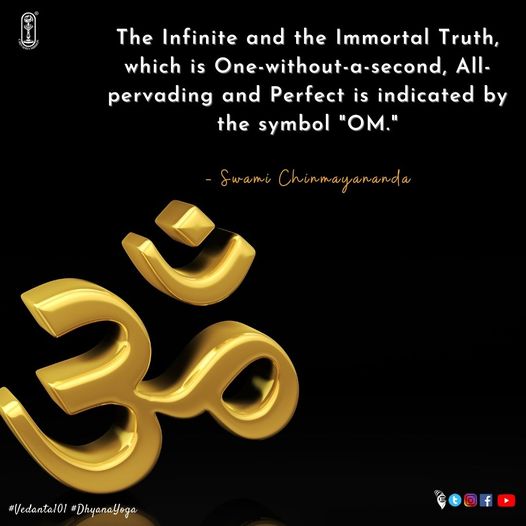The Teachings of the Bhagavadgita - 6.2. Swami Krishnananda.
-------------------------------------
Thursday. December 17, 2020. 06:20. PM..
Chapter 6: Self-Restraint and the Nature of the Self - 2.
----------------------------------------------
So, when we enter into the path of yoga, we gradually discover and come to know that in this arduous adventure of ours, we are tending to become more and more non-individual in our perspective, in our needs, and in our operations, so that the practise of yoga ceases to be a purely individual affair – it has relationships with many other things and perhaps all things of which this vast universe may consist. As threads are involved in a widespread fabric, our so-called individuality is involved in this network of creational process. Though due to the hardness of the ego – the intensity of our psychophysical affirmation – we may not be cognisant of our larger involvement in the set-up of things and may grow complacent that we are merely this hard-body individuality, when we analyse our involvement psychologically and we become more philosophical in our thinking, we would be compelled to shed this complacency, and we will be face-to-face with a new vista of things wherein and whereby we discover our involvement in a larger set-up of the nature of the universe. This is a great solace which will be administered into us by the Bhagavadgita as we proceed further and further through the chapters, until we reach an apotheosis of this analysis and the truth is unveiled in a sort of apocalypse – the Vishvarupa to be described in the eleventh chapter.
-------------------------------
I try to continue the thread from where I left yesterday concerning the relationship between the lower self and the higher self, to which a reference will been made in the fifth and the sixth chapters particularly. The essence of yoga practice may be said to be summed up in two verses towards the end of the fifth chapter, to be detailed further on in the sixth, and these two verses are concise and pithy:
-----------------------------------------------------------
"sparshan kritva bahir bahyansh chakshush chaivantare bhruvoh
pranapanau samau kritva nasabhyantara-charinau." - ( Gita-5.27.)
-------------------------------------------
"yatendriya-mano-buddhir munir moksha-parayanaḥ
vigatechchha-bhaya-krodho yah sada mukta eva sah." - ( Gita -5.28. )
--------------------------------------------------------------------
Thse two slokas sow the seed for the elaboration in the sixth chapter on dhyana yoga or meditation – the integration of personality.
The senses are to be withdrawn from their contact with the objects.
The objects are to be shut-out from their relationship with the senses:
"sparshan kritva bahir bahyansh :
Here, there is something interesting for us to know. The necessity to sever sensory contact with external objects arises on account of a basic error involved in this contact.
All contacts are wombs of pain, says the Gita in another place :
"ye hi sansparśha-ja bhoga duḥkha-yonaya eva te adyantavantah" (Gita 5.22).
-------------------------------
adyantavantaḥ kaunteya na teshu ramate budhah." Gita ( 5.22. )
The desire of the mind to come in contact with objects through the senses arises on account of the mistaken notion that pleasure rises from the objects. As milk is oozed out from the udder of the cow, it appears that objects ooze out satisfaction, joy – nectar seems to be milked-out of the objects by the senses through their contact. This is a gross mistake; there is no such thing taking place. The joys of life arise on account of a circumstance quite different from what we imagine in our minds, out of point altogether from the connection of the senses with physical objects.
To be continued ...
================================





Comments
Post a Comment